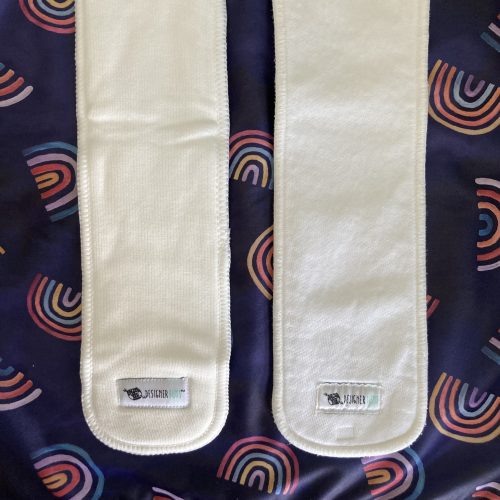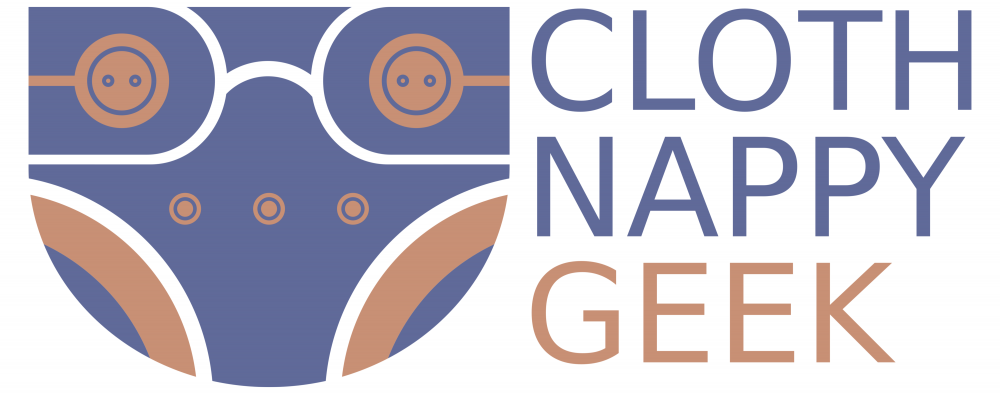Prewashing new nappies is essential to remove oils and manufacturing residue. Without removing oils the nappy will be at its full absorbency, and in some cases it could actually repeal wetness.

Prewashing does not mean your inserts need to go into a nappy wash, they can go in with regular laundry (as long as the program and detergent is suitable). You also do not need to dry inserts in-between prewashes.

The fabric of your nappy will determine how many prewashes are required. If your nappy is a blend of fabrics, then err for the larger number.
- Microfibre – one wash.
- Bamboo – three-five washes.
- Cotton – five-six washes.
- Hemp – eight-ten washes.
However you can start to use your nappies before you have finished prewashing if you’d like, just add a booster or change more often. I would always recommend one prewash though to remove manufacturing residue, especially as this is going on your baby.

Soaking is often incorrectly mentioned as a method to reduce the number of prewashes required. Firstly you should never soak PUL or elastics as you risk causing damage. It is also ineffective. To remove oils you need water (rinses), detergent, and agitation. Placing nappies in a bowl is not going to achieve this. You may remove a small amount of oil, but this will just float on the surface of the water. Washing is far more effective.
